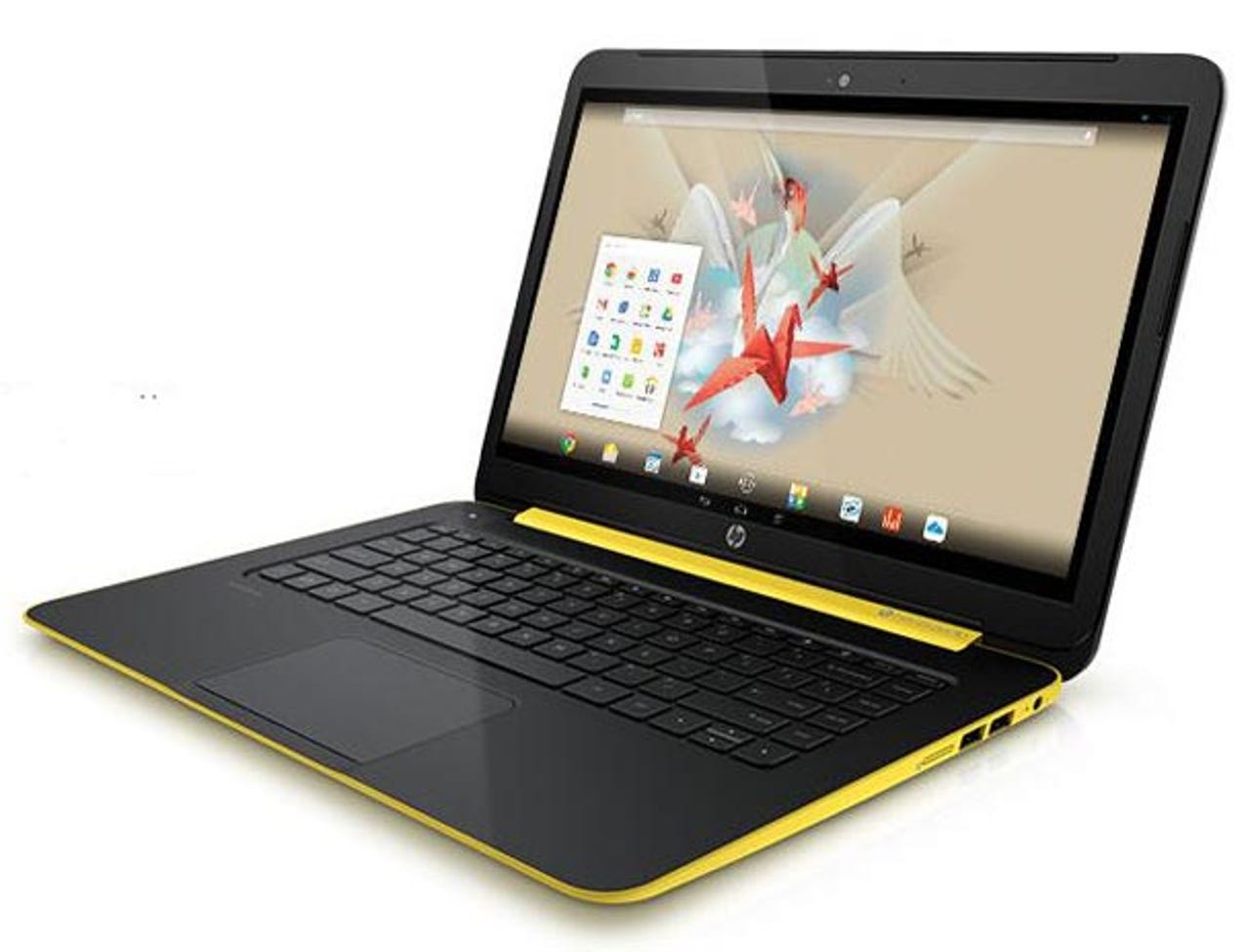Does HP's back-to-school PC lineup make the grade?


Remember when HP had enough of the PC business? Slim margins, and the tiresome cycle of incremental improvements to juice those margins, has been the bane of computer manufacturers for years, and the pioneering tech company just said "no."
Latest review
And then just as quickly, it backtracked, and here HP is in 2014, rolling out another back-to-school lineup of systems -- and reminding everyone why it wanted to get out of the PC rat race in the first place.
To be fair, the problem is not HP's alone. In fact, we all know the industry is in the doldrums thanks to the explosion of tablets and smartphones that many people rely on for the majority of their computing tasks and that have made any innovations to the old PC look not-so-innovative. So PC makers have taken to bringing the new mobility to the old computer.
Chromebooks -- laptops that use Google Chrome as their OS and are built to use cloud services and provide easy Internet access -- are one of the bright spots for the industry recently, and HP has already joined in the party. Its new Chromebook PC looks to continue exploiting that trend, relying on cute color choices (turquoise and white -- sorry, "snow white," according to HP), an improved battery, and small price cuts to stand out from the growing number of Chromebook choices. Sound like a familiar strategy for these products with a questionable chance for success?
Windows laptops have tried to incorporate some tablet magic with convertible models, and HP has unleashed its share since Windows 8 was released. Unfortunately, 2014 is mostly a rehash of 2013, with larger screens and minor updates to the Pavilion x360, and Split x2, along with the new Envy x360, which all use a hinged design to put the devices into multiple viewing positions (or, in the case of the Split x2, to detach the display from the keyboard base). The Pavilion x360 now sports a 13.3-inch screen, whereas the Envy x360 is a bigger, beefier sibling to the previous Envy x2.
HP continues to sing the praises of having Beats Audio technology integrated into its various systems, even though we all know that the company is in the Apple stable now, and it's unclear how much of an advantage it really brings other than adding another spec to the list.
That leaves us with the most interesting part of HP's announcement -- the long-rumored 14-inch SlateBook (shown above), an Android-powered laptop that oddly enough will compete against the company's own Chromebook. While pricier than the 14-inch HP Chromebook (starting pricer of $399 versus $299), it comes with a higher-res screen (1,920x1,080 compared to 1,366x768) and is a little thinner and lighter. With its black cladding and yellow accents, it also has a more refined design sense than HP's plastic fantastic Chromebook aesthetic. More on the SlateBook and new HP Chromebook can be found in CNET's preview.
Whereas Chromebooks have proven themselves in the marketplace, Android laptops are few and far between, with a budget model from Archos being the most recent entry. There's a great deal of skepticism about whether anyone would really want a notebook running Android, though HP deserves credit for going out on a limb with a polished-looking product. It remains to be seen if its upscale approach will yield more sales than the dirt-cheap Archos strategy -- is there room for both approaches as there is with Android smartphone stratification?
Do any of HP's recent PCs excite you? Did it make the right decision to stay in computer sales, given the current market? Let us know your thoughts in the Talkback section below.